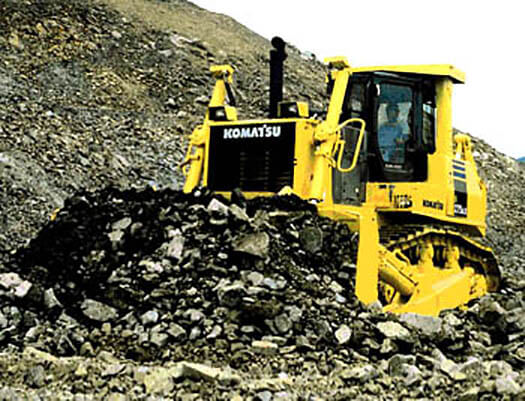2000
The IT revolution had a tremendous influence on the technology of construction equipment as well. The satellite operation management system was developed during the 90's as a method to supervise and manage equipment from a remote distance, and became an industry standard during this era.

Adopting PCCS (Palm Command Control System) that is based on human engineering design for the driving and operating lever, it significantly improved operability. Fitted with the clean engine that meets the secondary regulation of the US and Japan emission gas, it significantly reduced output of nitrogen oxide.
Using a hydraulic driven fan for the first time reduced the noise enormously, making this model even more environment friendly.
Weight: 50840kg
Bulldozer
Since its first emergence in 1951, it took only 50 years for the hydraulic shovel to establish its primary position on construction sites worldwide. Its size ranges from mini to super size depending on the scale of construction, and during the half century, it kept evolving by achieving a minimum rear-swing radius and adapting styles that would work with characteristics of each site. Mirroring the movement of a human hand, a hydraulic shovel will continue to evolve during the 21st century.